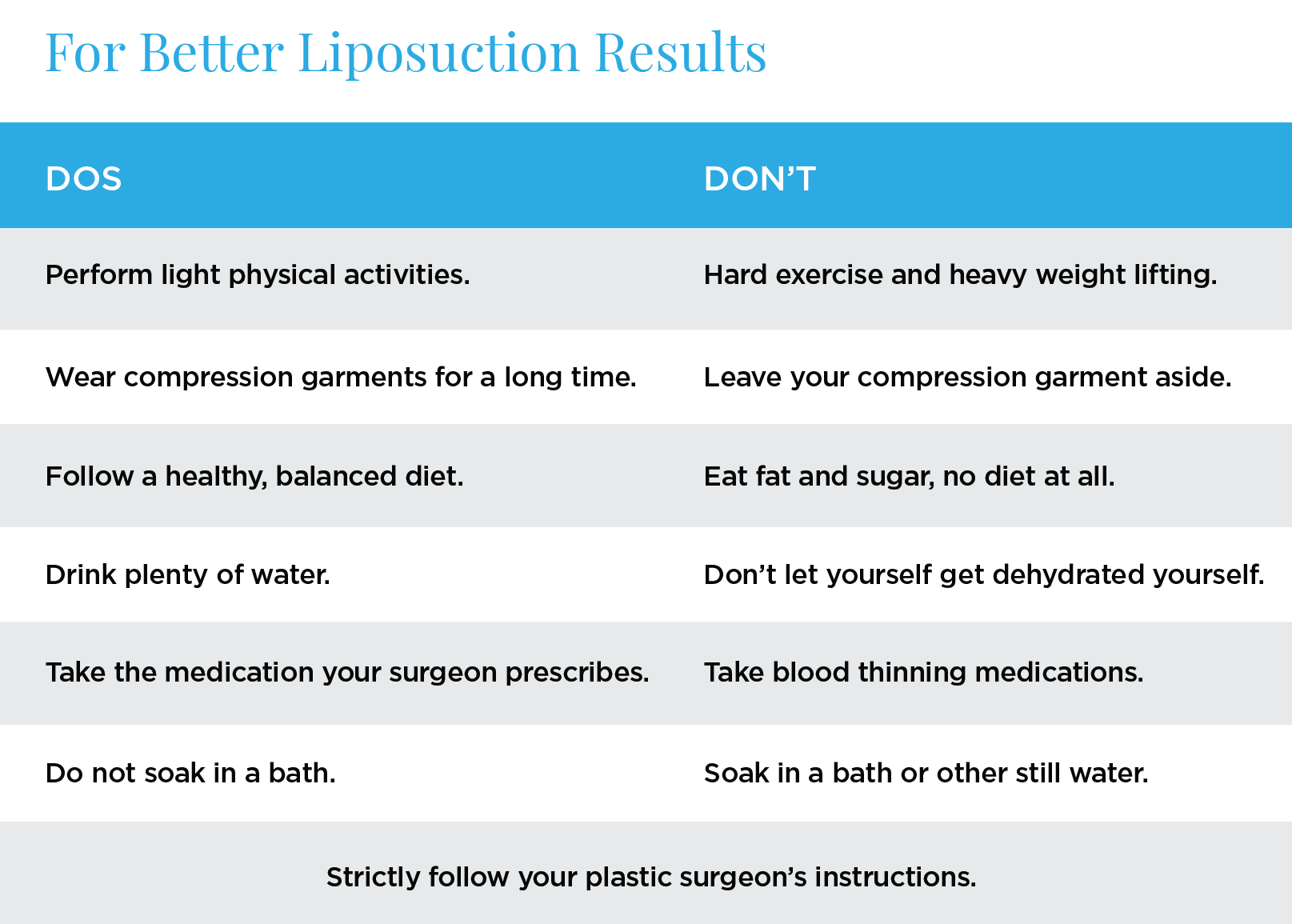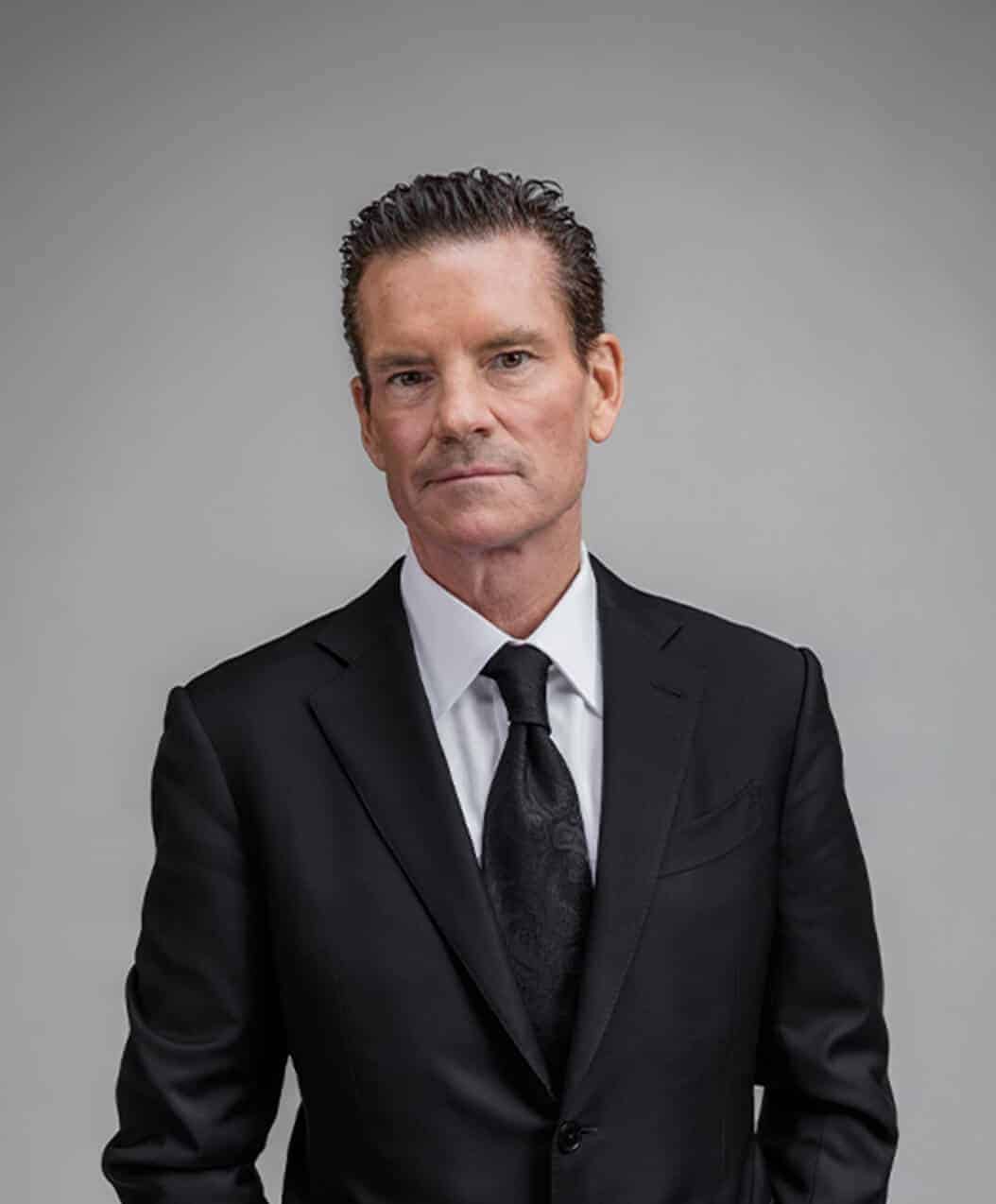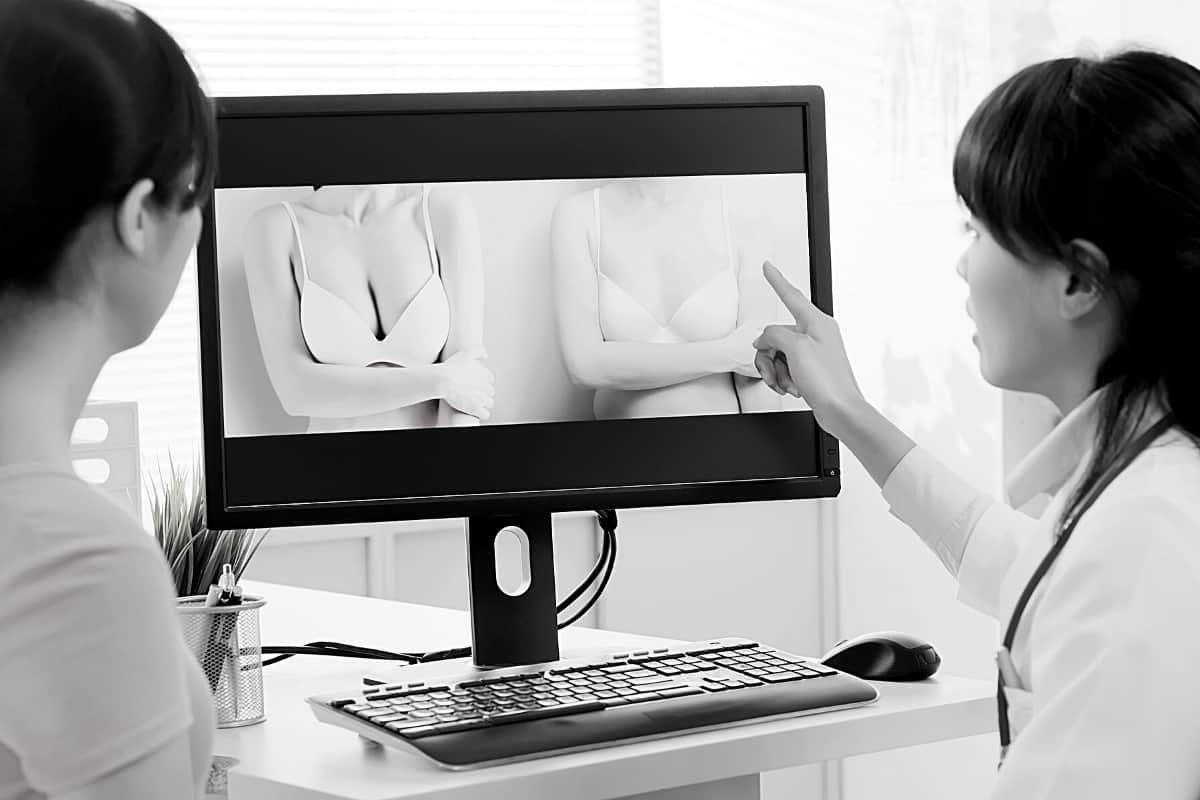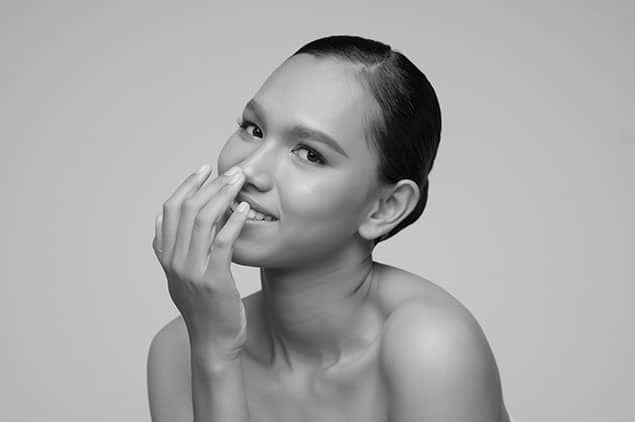June 29th, 2025
Dr. Mulholland, Md
Overview
So you’ve made the calculated decision to undergo rhinoplasty surgery–congratulations! Typically, a rhinoplasty (also known as a nose job) is performed under general anesthesia, and most patients can go home the same day. You’ll be provided with a list of medications that can be taken to alleviate any discomfort, prevent infection, and generally ensure a smooth healing process, along with instructions to help speed up your recovery.
Although most people recognize that touching one’s nose post rhinoplasty is a bad idea, there are plenty of other things you can do- or rather, not- to help your healing process!
Is It Bad to Laugh After Rhinoplasty?
Although laughing after rhinoplasty seems like a rather natural, unavoidable thing to do, (particularly if someone cracks a good joke), experts generally agree that while occasional smiling or laughing will probably not compromise the results of your surgery, doing your best to limit facial animation, especially in the first weeks, is strongly advisable.
After rhinoplasty, your nose is in a delicate state of healing. Limiting facial expressions, such as laughing, yawning, or crying, is crucial for optimal recovery. Here’s why:
- Impact on Sutures: Excessive facial movement can put undue pressure on the sutures, the stitches that hold your surgical wounds closed. This pressure can cause the sutures to stretch or even break, leading to complications such as prolonged healing, increased swelling, or even the reopening of incisions.
- Healing Tissues: The tissues inside and around your nose are sensitive and require time to heal properly. Too much movement can disrupt the newly forming tissues, potentially causing asymmetry or other aesthetic issues. Maintaining a more neutral facial expression helps these tissues knit together without additional stress.
Advice on Managing Reactions
It’s natural to laugh or express emotions, but here are some practical tips to help you manage these reactions during your recovery:
- Breathing Techniques for Laughter: If you feel a laugh coming on, try to control it by taking deep, slow breaths through your mouth. This can help suppress the urge to laugh and minimize facial movement.
- Stress Relief for Yawning and Crying: Stress and fatigue can increase the likelihood of yawning or crying. To manage these reactions:
- Yawning: Keep yourself well-rested and avoid environments that might make you sleepy. If you need to yawn, try to do so with your mouth open as little as possible, which reduces the movement of your nose.
- Crying: Emotional stress can be mitigated through relaxation techniques such as meditation, listening to calming music, or engaging in gentle activities that you enjoy. Keeping your emotions in check will help prevent tears and the associated facial movements.
While occasional smiling or laughing may not drastically affect your recovery, it’s best to limit facial animation during the first few weeks after rhinoplasty. By being mindful of your facial movements and employing these management techniques, you can support a smoother, more successful healing process.
What About Laughing Hard, Crying, and Yawning?
Occasional laughing or yawning will likely not damage your nose as it heals, but the less you do it, the better–and try not to laugh too hard! Every time you smile or laugh, the tiny muscles which connect the tip of your nose to your upper lip descend a little. If you laugh a little too hard and feel pain in your nose, this is an indication that you have exceeded your limit. Try to avoid yawning widely for two weeks if at all possible. Crying after nose surgery is even more heavily discouraged than other facial movements, because when you cry strenuously, your nasal muscles shrink, and the result can be inflammation, which you want to avoid at all costs!
Other Things You Shouldn't Do After Your Surgery
 While some swelling, redness, and bruising are normal during rhinoplasty recovery, don’t hesitate to contact us if you have any concerns. Carefully follow all of your surgeon’s instructions for proper healing and the best possible results!
While some swelling, redness, and bruising are normal during rhinoplasty recovery, don’t hesitate to contact us if you have any concerns. Carefully follow all of your surgeon’s instructions for proper healing and the best possible results!
Do Not Blow Your Nose
Blowing your nose can significantly slow down your healing process and potentially cause bleeding. The pressure exerted during blowing can disrupt the delicate tissues and sutures within your nose, leading to complications.
Tip: If you need to sneeze, do so with your mouth open. This minimizes the force exerted on your nasal passages.
Avoid Extreme Facial Expressions
Sudden or extreme movements of your facial muscles can impact the sutures holding your nasal tip cartilage in place. Excessive facial animation can weaken the sutures and lead to bleeding, which compromises the structural integrity of your healing nose.
Tip: Keep your facial expressions as neutral as possible, especially during the first few weeks post-op, to ensure optimal healing.
Do Not Wear Glasses or Sunglasses
Wearing glasses or sunglasses puts pressure on the bridge of your nose, which can negatively impact the soft tissues and cartilage, prolonging recovery and potentially distorting the surgical results.
Tip: Switch to contact lenses or use specially designed glasses that don’t rest on the bridge of your nose during your recovery period.
Use Sunscreen When You Are Out
Your skin is highly sensitive post-surgery, and exposure to the sun can cause permanent and irregular pigmentation changes to your healing skin.
Tip: Always apply sunscreen with an SPF of 30 or higher on your nose when going outside. Additionally, try to avoid prolonged sun exposure whenever possible.
Avoid Putting Ice or Cold Compresses on Your Nose
Rationale: Although it might seem beneficial, applying ice directly to your nose can impair blood flow, which is crucial for proper healing. It can also exert unwanted pressure on your new nose and dampen your cast, potentially causing it to fall off.
Tip: For relief, apply a cold compress carefully to your forehead or cheeks, avoiding direct contact with your nose.
Handling Rhinoplasty Side Effects and Discomfort
- Bruising: Bruising around the eyes and nose is a common post-surgery symptom. To reduce bruising, keep your head elevated, apply cold compresses to your cheeks and forehead (remember, not directly on your nose!), and avoid strenuous activities. Bruising should gradually fade over 1-2 weeks.
- Swelling: Swelling is another natural response to surgery and can take several weeks to months to fully subside. To manage swelling, keep your head elevated, stay hydrated, and avoid salty foods, which can exacerbate the swelling. As your surgeon recommends, gentle lymphatic drainage massages may also help reduce swelling.
- Nasal Congestion: Nasal congestion is common due to internal swelling and the presence of surgical packing or splints. Using saline nasal sprays as recommended by your doctor can keep your nasal passages moist and reduce congestion. Avoid blowing your nose, and opt for gentle sniffing if necessary.
- Discomfort or Mild Pain: Some discomfort or mild pain is normal after rhinoplasty. Take prescribed pain medications as directed by your surgeon, and over-the-counter pain relievers like acetaminophen can also help manage mild pain. Avoid non-steroidal anti-inflammatory drugs (NSAIDs) like ibuprofen, which can increase the risk of bleeding.
Self-Care Tips
Ensure you get plenty of rest to aid your body’s healing process. Avoid strenuous activities, bending over, or heavy lifting for at least two weeks post-surgery. Drink plenty of water and maintain a balanced diet rich in vitamins and minerals to support recovery. Refrain from smoking and alcohol consumption, as they can impede the healing process and increase the risk of complications. Attend all scheduled follow-up appointments with your surgeon to monitor your healing progress and address any concerns.
When to Consult a Doctor
While most post-rhinoplasty symptoms are manageable with proper care, you should consult your doctor if you experience severe pain that is not relieved by prescribed medications, persistent bleeding that does not subside with gentle pressure, signs of infection such as fever, increasing redness, warmth around the surgical site, or unusual discharge, or any significant difficulty breathing that is not related to normal post-operative swelling.
Diet and Lifestyle Recommendations
Eat a Balanced Diet
Maintaining a balanced diet is crucial for supporting your body’s healing process after rhinoplasty. A diet rich in vitamins, minerals, and antioxidants can significantly enhance your recovery. Focus on consuming a variety of fruits and vegetables, lean proteins, and whole grains. These nutrients help to reduce inflammation, promote tissue repair, and boost your immune system. Incorporating foods high in Vitamin C, such as citrus fruits, berries, and leafy greens, can be particularly beneficial as Vitamin C plays a vital role in collagen production, which is essential for wound healing.
Avoid Specific Foods
Certain foods can hinder your recovery and should be avoided during your healing period. Salty foods can lead to increased swelling and should be minimized. Sugary foods and processed items can contribute to inflammation and weaken your immune response, slowing down the healing process. Instead, opt for healthier alternatives like fresh fruits, nuts, seeds, and homemade meals with natural ingredients. Limiting caffeine and alcohol is also advisable, as they can dehydrate your body and interfere with proper healing.
Hydrate, Hydrate, Hydrate!
Staying hydrated is essential for a smooth recovery. Drinking plenty of water helps to flush out toxins, maintain skin elasticity, and support overall bodily functions. Aim to drink at least 8-10 glasses of water a day. You can also include hydrating foods in your diet, such as cucumbers, watermelon, and oranges, which can contribute to your daily water intake. Proper hydration ensures that your cells are functioning optimally and can significantly reduce recovery time.
Follow-up and Long-Term Care
Consult Your Surgeon
Follow-up appointments are critical to your post-operative rhinoplasty recovery. These appointments allow your surgeon to monitor your healing progress, remove any sutures or splints, and address any concerns you may have. Regular check-ins ensure potential issues are identified and managed promptly, preventing complications and promoting optimal results. Be sure to attend all scheduled follow-up visits and communicate openly with your surgeon about your recovery experience.
Long-Term Recovery
Recovery from rhinoplasty doesn’t end once the initial swelling subsides. Understanding the potential changes and adjustments your body may undergo over the long term is important. As your nose continues to heal, subtle changes in facial features may occur. It’s normal for swelling to fluctuate for several months, and final results may not be fully apparent for up to a year post-surgery.
Potential scarring is another aspect to consider. While modern rhinoplasty techniques aim to minimize visible scarring, some patients may experience slight scarring, especially if an open rhinoplasty is performed. To manage scarring, follow your surgeon’s advice on proper wound care, use recommended scar-reducing treatments, and protect your skin from excessive sun exposure.



